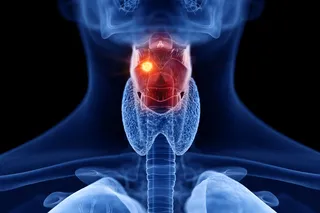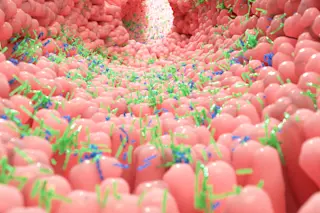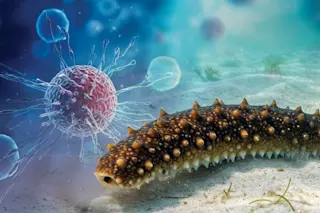What's the News: Medicine in the age of genes overflows with daring new techniques and treatments, from personalized chemotherapy to prenatal genetic testing, each heralded as a game-changer. But rarely do we get an assessment of a treatment's long-term good, which is why recent papers following up on one of the most controversial genetic treatments, gene therapy, are making waves: though one patient developed leukemia from the treatment, 13 of 16 kids treated with gene therapy for a severe immune disorder at least 9 years ago have been cured, adding to the sense that the field is on its way to recovery from early setbacks. The Backstory:
Gene therapy involves correcting errors in cells' genetic code. In the case of some of these children, who had no functioning immune system due to X-linked SCID---severe combined immunodeficiency, or "bubble boy" syndrome---bone marrow transplants had been the only way to effectively treat ...













